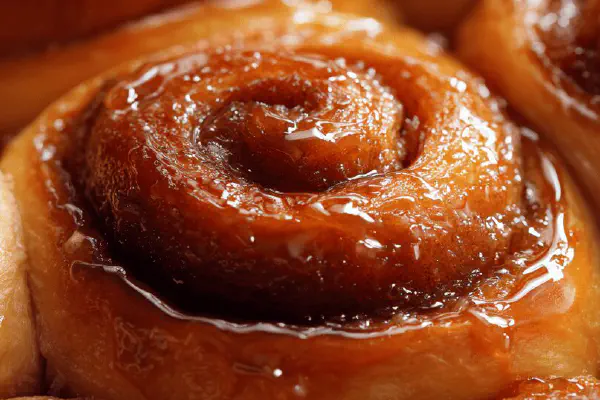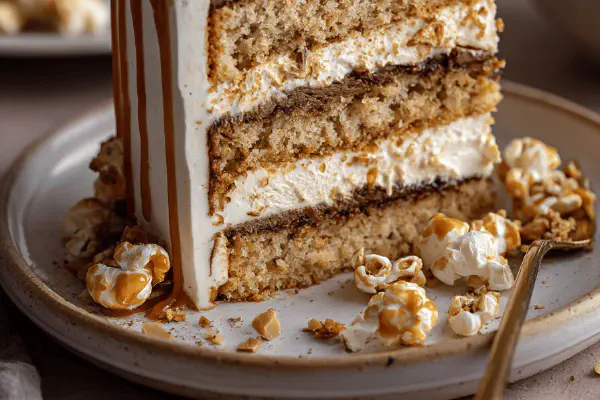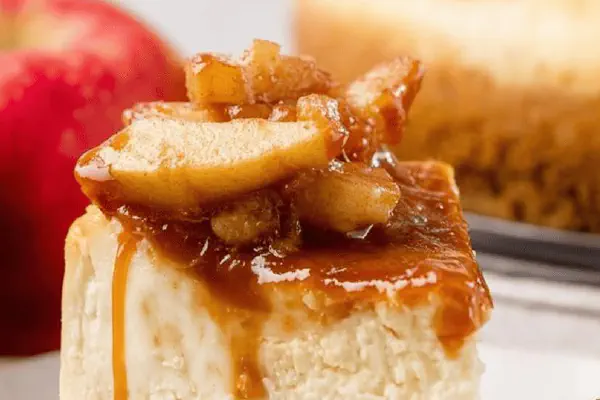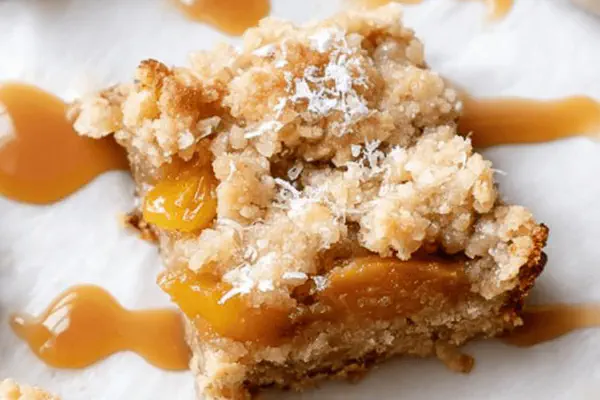Upside-Down Caramel Buns

E
By Emma
Certified Culinary Professional
•
Recipe tested & approved
Sweet yeast dough rolled with cinnamon sugar, baked atop a rich caramel sauce. Buttermilk swaps for yogurt, light corn syrup replaced by honey. Dough soft, sticky; buttery caramel thickens in the pan. Let rise twice, first loose, then firm. A sticky, golden mess when inverted. Each bun pulls apart with chewy, sugary strands. Timings shifted slightly; texture taught by feel and sight. Cinnamon swap with cardamom for warmth. Honey adds floral depth to caramel. Twist with grapefruit zest in dough for bright counterpoint. Yeast bubbling signals action. Watch color, not just clocks. Butter glaze on top seals softness. Perfect for brunch or late night cravings.
Prep:
40 min
Cook:
28 min
Total:
Servings:
12 servings
#baking
#yeast breads
#caramel
#cinnamon
#dessert
#French-inspired
#honey
#cardamom
Yogurt over buttermilk—a tradeoff learned from several failed batches. More tang, added softness if measured right. Honey swaps in place of corn syrup for natural sweetness and deeper caramel notes but tricky to balance moisture. Cardamom instead of cinnamon, a subtle warmth but less familiar. Grapefruit zest added for a fresh spark; citrus oils brighten the heavy caramel. Yeast activation key—wait for those bubbles or your dough’s dead weight. Twice-proofing is non-negotiable for soft, airy rolls. Watch dough stretch not tear. Caramel bubbles loudly in oven; that smell hits before color cues. Flip sideways, arms ready. Caramel burns if left too long or temperature too high—watch closely. Sticky hands guaranteed. Worth every messy bite.
Ingredients
Dough
- 300 ml (1 1/4 cups) plain yogurt, plus extra for brushing
- 50 g (1/4 cup) granulated sugar
- 12 ml (2 1/2 tsp) instant yeast
- 3 ml (1/2 tsp) fine sea salt
- 675 g (4 1/2 cups) all-purpose unbleached flour
- 2 large eggs
- 150 g (2/3 cup) unsalted butter, softened
- Zest of 1 grapefruit (optional twist)
Caramel
- 140 g (2/3 cup) light brown sugar tightly packed
- 60 g (1/4 cup) unsalted melted butter
- 45 ml (3 tbsp) honey
- 30 ml (2 tbsp) water
- 2.5 ml (1/2 tsp) ground cardamom instead of cinnamon
Filling
- 100 g (1/2 cup) light brown sugar, packed
- 10 ml (2 tsp) ground cinnamon
- 30 ml (2 tbsp) melted unsalted butter
About the ingredients
Yogurt stands in well for buttermilk here, easier to source and adds subtle acidity to activate yeast. Butter must be softened, not melted—too runny and dough loses structure. Honey for syrup adds moisture and slight herbal flavor but too much makes dough gummy; balance with water. Cardamom spice replaces cinnamon for those wanting less sweetness and a more exotic aroma; try half cinnamon half cardamom if new. Brown sugar essential for caramel depth; light or dark will shift final taste. Grapefruit zest optional but a refreshing counterpoint to dense sweet rolls. Flour measurements by weight help avoid dense dough—too much flour kills softness. Use instant yeast for ease—active dry needs blooming first. Keep dough covered during rises or it dries out and crusts. Butter for filling melts smoothly; best fresh or gently warmed.
Method
Dough
- 1. Mix yogurt, sugar, yeast, and salt together in a bowl. Let sit till yeast softens and bubbles lightly – about 5 min. Smells yeasty, slightly sour.
- 2. In large mixing bowl, combine flour, eggs, and yogurt mixture. Start folding with a wooden spoon or paddle attachment until dough lumps form.
- 3. Add softened butter gradually, knead for about 6 minutes by mixer or hand dusting with flour sparingly. Dough turns silky, slightly tacky but manageable. If too sticky, barely dust more flour; avoid being heavy.
- 4. Transfer dough to a lightly oiled bowl. Cover loosely with damp cloth or plastic wrap. Let rise in warm spot approximately 1 hour 10 minutes or till doubled. The jiggle test: poke dough gently; it springs back slowly.
Caramel
- 5. Whisk brown sugar, melted butter, honey, water, and cardamom in heatproof bowl. Pour into greased 33 x 23 cm (13 x 9 inch) glass baking dish. Dispersion must cover bottom evenly. This mix thickens on baking, sticky and shiny.
Filling and Assembly
- 6. Combine brown sugar and cinnamon for filling in a bowl. Butter melts ready for brushing.
- 7. On heavily floured surface, roll dough to 50 x 35 cm (20 x 14 inches) rectangle. Brush entire surface with butter; sprinkle cinnamon sugar evenly. Then gently press grapefruit zest into dough if using.
- 8. Starting from long side, roll dough tightly into a 50 cm (20 inch) log. Cut into 12 even slices with sharp knife to avoid squashing layers.
- 9. Arrange slices atop caramel in baking dish spaced evenly. Cover lightly with cloth or plastic. Let rise again in warm spot 55 min or refrigerate overnight to develop flavor and ease slicing. Dough will puff, almost touching edges.
Baking
- 10. Heat oven to 175°C (350°F), rack centered. Brush risen buns with yogurt for browning.
- 11. Bake 28-32 minutes until tops turn golden brown and caramel bubbles around edges. Listen for slight crackle and watch for rising edges curling slightly.
- 12. Cool on counter 10 minutes. Run knife around edges gently if stuck. Place large serving plate over pan and flip decisively. Caramel pools shiny around buns. Warm, syrupy, sticky mess; unavoidable and worth it.
Cooking tips
Yeast activity seen in foam bubbles after mixing wet ingredients—a go/no-go for starting. Mix dry and wet then knead till dough gains elasticity, shiny but sticky; resist temptation to add more flour too soon. Butter added slowly helps integrate fats sequentially, critical for fluff. Dough risen when roughly doubled, poke test offers freshness check—you want slow spring, not instant rebound. Caramel sauce stirred cold and poured to pan; watch even spread. Filling’s cinnamon sugar sprinkled thickly for bites of crunchy sweetness inside. Rolling dough emphasized; too tight crushes layers, too loose means sagging. After slicing, arrange rolls so caramel peeks out but buns don’t touch—space for expansion. Second rise crucial: dough soars, texture shifts from doughy to pillowy. Bake in preheated oven but watch edges closely; caramel darkens fast once bubbling. Brush with yogurt keeps tops moist and glossy, stops cracking. Cool down so caramel thickens briefly; use thin knife to free edges pre-flip—flip fast before goo sets hard. Clean hands essential; the mess seals the deal.
Chef's notes
- 💡 Yeast bubbling first sign. Mix wet ingredients, wait 5 min till foamy surface. Smell yeasty, sour—go ahead. No bubbles means no rise; better restart that step or swap yeast.
- 💡 Butter softened, never melted. Melted butter kills dough structure. Add bit by bit during kneading. Knead till silky tacky. Dust flour carefully; too much clamps dough, tough crust.
- 💡 Double rise non-negotiable. First rise until doubled—poke gently; slow spring back is good. Second rise after shaping; dough puffs near edges but buns don’t touch. Controls crumb, fluff.
- 💡 Caramel mix spreads evenly in pan, thickens when baking. Use measured brown sugar tightly packed; light vs dark sugar changes depth. Stir cold, pour flat. Check bubbles in oven for readiness.
- 💡 Brush risen buns with yogurt. Adds glossy sheen, prevents drying and cracking in crust during baking. Watch edges closely in oven; caramel burns fast if left too long or too hot.
Common questions
Can I use active dry yeast?
Yes but bloom first in warm water, sugar helps. Instant yeast just mixes dry. Timing shifts with active dry, slower rise expected.
How to fix gummy dough?
Too much honey or water, add flour cautiously. Honey adds moisture but excess kills structure. Knead longer for gluten development, less sticky but tacky okay.
Why flip caramel buns?
To reveal sticky caramel top, pools shiny syrup around soft buns. Flip fast or caramel sets hard. Use thin knife to loosen edges gently pre-flip or mess ensues.
How to store leftovers?
Wrapped airtight room temp couple days fine. Refrigerate slows staling but toughens crust. Warm gently before serving to restore softness; freeze option but lose some texture.



